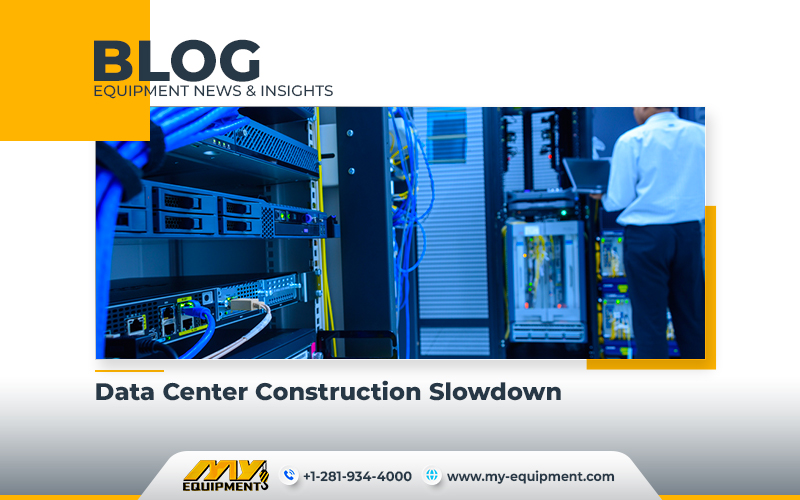Recent findings from the Professional Services Management Journal (PSMJ) tell us that there may be a potential deceleration in the data center construction boom. While there are some quarters that have reported a decline in proposals industry leaders still have like a few different opinions on the matter of data center development.
Survey Shows Signs of Slowdown
As per the PSMJ’s quarterly market forecast, 26 percent of the architects and engineers surveyed noted that there was a decline in data center proposal activity. Now this data actually shows the fifth largest deceleration in the fifty eight submarkets that were evaluated. The top three lagging submarkets included office spaces, shops, and residential single family homes. The survey also serves as like the first indicator of the industry’s pulse.
There is Some Optimism Amidst All This
Even though these are the survey results, not all industry experts view the data center industry as waning. Raul Martynek, CEO of Databank actually still remains optimistic. His optimism is because of the sustained activity over the past five to seven years. Martynek said that he expects solid development in the future too.
There are Some Contrasting Views on Data Center Activity
CBRE’s research actually contradicts the notion of a slowdown, it is in fact revealing a 25 percent year-over-year surge in data center construction activity during the first half of 2023. The total capacity reached a record high of 2,288 megawatts, with the pre-leasing activity standing at an impressive 73.1 percent. Industry experts, including Gordon Dolven, Director of CBRE’s Americas data center research really put an emphasis on the increasing demand that is particularly driven by AI workloads.
The hyperscale data center operators such as Microsoft are also very much responsible in fueling the demand for data center capacity. Martynek notes that between 60 percent and 70 percent of the newly absorbed data centers are actually cause of hyperscale operators. There ae some major investments like Microsoft’s 1 billion dollars in a Georgia data center campus that tell us how the sector is still relevant.
Dolven and Martynek both believe that data center construction will continue to be solid because of how necessary it is for the uptake of new tech. This can be cause data centers continue to benefit from the long term infrastructure capital sources, even as interest rates and the cost of capital continue to climb.
Supply Chain Challenges
The positive outlook is good but does not change the fact that there are challenges in the supply chain that pose some serious threats to data center development timelines. Martynek does not want anyone to forget about the shortages of real necessary components like power distribution units, electrical switchgear, generators, and uninterruptible power supply systems. Having these types of limitation might really extend construction timelines and could impact the industry’s growth.
Construction Time Frame Has Changed
The historical one to three year time frame for building data centers, that was the norm between 2015 and 2020, has not stayed the same. Now the construction projects may take up two to six years because of stuff like a limited power supply. If there are challenges in getting some backup diesel generators it may extend project timelines up to 90 weeks.


 1400 Broadfield Blvd, Houston, TX 77084,
USA.
1400 Broadfield Blvd, Houston, TX 77084,
USA. omer@my-equipment.com
omer@my-equipment.com